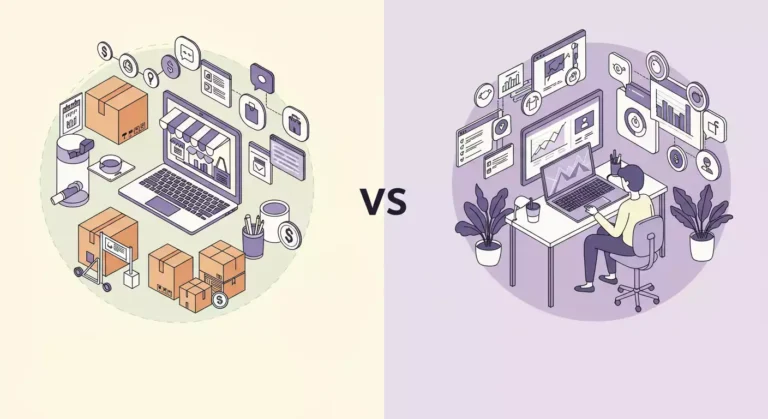To bring someone to the context of consideration as being a candidate for firing is no easy task. Regarding how to get someone fired, such a decision may dramatically influence the person and organizational environment: for performance issues, discipline, or behavioral problems. But before you go all out, you need to be very careful and minimal even in handling such a situation. It is therefore important to list down/identify your valid reason to avoid getting it wrong, and secondly, identify the right process to follow.
To help you get through our assurance checklist, we will guide you through all stages of understanding why you must take a particular action, how to do it without offending anyone and whether or not you are allowed to do it according to company policies. So let’s go into more detail on how to approach this situation in a professional manner and with a clear mindset!
Quick & Essential Highlights
You should have a basic idea about how to get someone fired and see the requirements for beads. In case you did not have a general idea, read it for understanding!
- Conduct a thorough interview to assess their communication skills and cultural fit.
- Check references to verify the candidate’s previous performance and character.
- Evaluate their enthusiasm and motivation for the position.
- Make sure the candidate has the relevant education, training experience or in other words, minimum standard for the job.
- Ensure that the candidate is willing to have a long term career in that particular enterprise.
Verify The Claims Before Termination
If you are thinking how to get someone fired. Before proceeding with termination, it’s crucial to verify that all claims against the individual are supported by solid evidence and proper documentation. This includes reviewing performance records, any formal complaints, and prior disciplinary actions. Ensure the employee has been given a fair opportunity to improve, with warnings or corrective actions taken as necessary.
It’s also important to confirm that the situation aligns with company policies and procedures. Directly communicate with HR to make sure compliance with legal standards and company guidelines throughout the process. This thorough verification protects both the employee’s rights and the company from potential legal repercussions, ensuring that the termination is fair, justified, and lawful.
Making Sure You Have A Backup Plan
Before taking action on how to get someone fired, ensure you have a backup plan in place. This helps you prepare for any unexpected outcomes or challenges that may arise. If the situation doesn’t resolve as planned, having alternatives like mediation or reassignment can help. A backup plan also ensures that the company can continue functioning smoothly in case of legal or operational disruptions. Being prepared gives you confidence and protects both you and the organization from potential complications.
Monitor Their Behaviour
Monitoring the individual’s behavior over time is crucial before taking any drastic steps. Pay close attention to patterns in their actions, interactions with colleagues, and overall performance. By observing them closely, you can gather valuable insights and ensure you’re making an informed decision based on facts, not assumptions. Consistent monitoring also helps you assess whether the situation improves on its own or if further action is truly necessary. This careful approach ensures that you handle the matter professionally and fairly.

Raising An Official Concern
Before Raising an official concern ensures the issue is formally recognized and addressed through proper channels. Clearly outline the problem with supporting evidence to ensure fair handling and resolution. This approach promotes a healthier work environment for all.
Setup A Meeting With The Supervisor
It is always beneficial to arrange a meeting with your supervisor once you have a problem at the workplace. The particular appreciations are; It offers a forum to air your issues in a business-like and relevant way. When speaking your mind during the meeting, describe the problem, if available provide some proof, and recommend a course of action. Such openness may facilitate the efficient solving of the problem on a mutual basis, it is important for you and your supervisor to be on the same page.
Prepare Yourself Before You Speak
Preparing yourself before speaking ensures you communicate your concerns clearly and confidently. Find time to collect your thoughts, to make the point and to stick to the evidence. If you are properly prepared for the conversation you will remain calm, be able to argue your position well and reduce the chances of a misunderstanding.
Allow Your Manager To Handle It
Once you’ve raised your concerns, it’s important to allow your manager to take the lead in addressing the issue. Trust in their experience and authority to handle the situation appropriately. This ensures that the matter is resolved through the proper channels, maintaining professionalism and minimizing potential conflicts.
Frequently Asked Questions
What If I Lack Evidence To Get Someone Fired?
Without evidence, consider giving the person a chance to improve or explore alternatives like mediation.
Is HR Necessary In The Process To Hadle The Situation?
Yes, HR ensures compliance with company policies and legal requirements, providing support throughout.
Should I Speak Directly To The Person First?
It’s advisable to address the issue directly, but escalate to HR or your supervisor if needed.
Conclusion
It concludes that the steps needed to get a person fired should be well thought out, well documented and done in accordance with the policy. Therefore the situation should be handled professionally so that the decision made has good reasons behind it and the evidence to support the reasons is well taken. Through the proper channel, you should therefore aim at observing the behavior of the employee, reporting your observations to the right authorities and preparing for any likelihoods that may arise.
Finally, one must learn to have faith in the system, let the manager take action, and make sure that the action taken is also proper, warranted, and legal, as well as overseeing the organization’s legal body.



